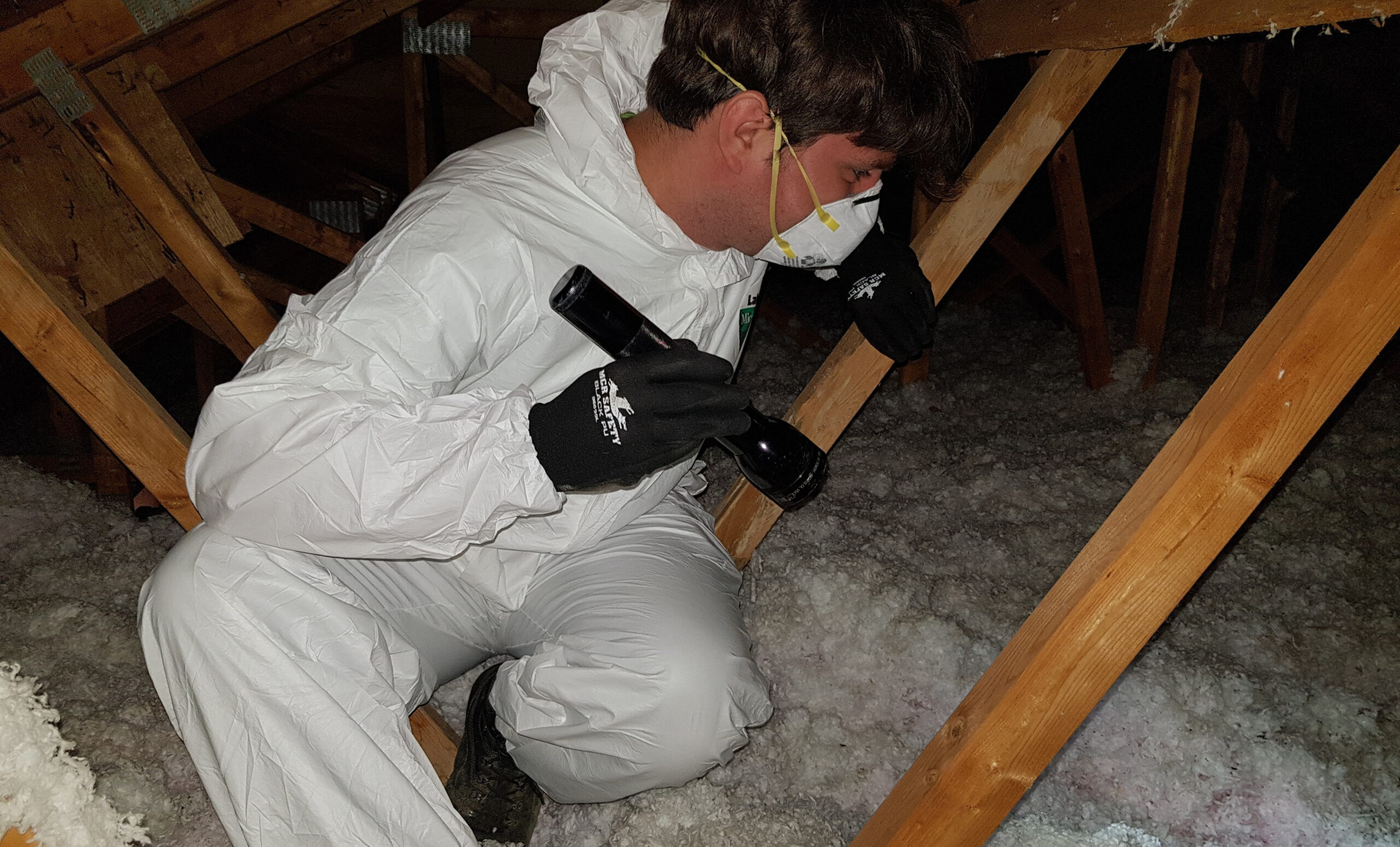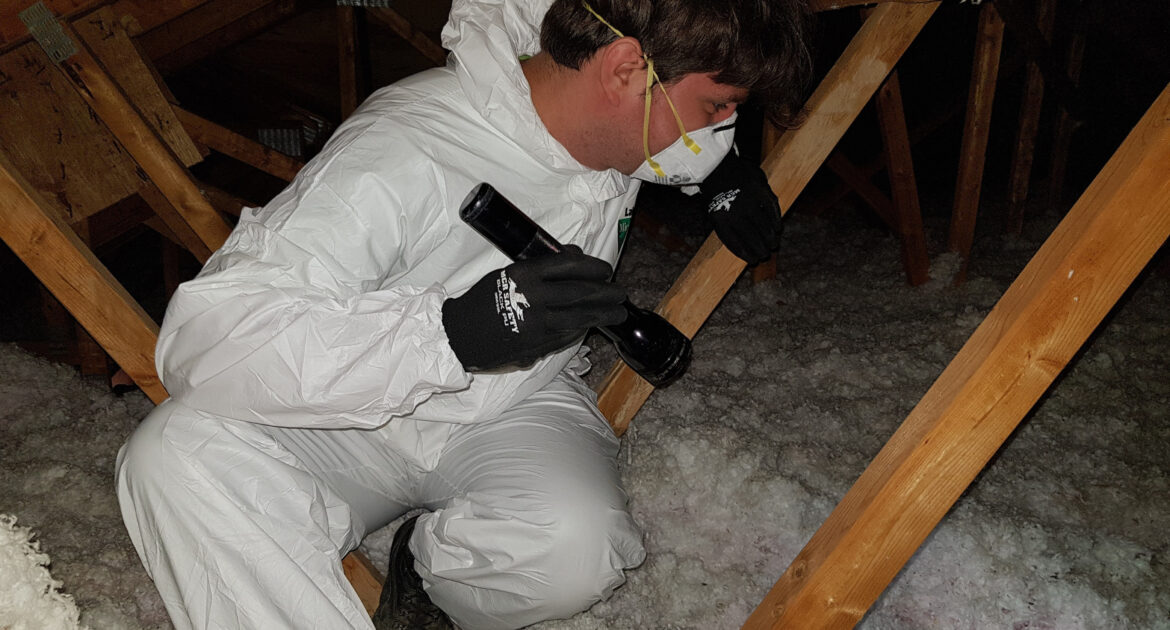The presence of a bat in your home can be alarming whether it is alive or dead. Dead bats can pose risks to you and your family, but fortunately, professional bat removal in Vaughan is not only for living animals. Skedaddle can dispose of dead bats and clean up their droppings as well as remove any live bats and prevent re-entry.
How Do You Know if a Bat Is Dead?
Before taking any steps to remove a dead bat from your home, first, make sure that it is really dead. Bats are nocturnal; they sleep during the day to prepare to hunt at night. Bats go into a state of decreased metabolism called torpor during the day to conserve energy before hunting. During torpor, a bat’s body temperature, heart rate, and breathing all decrease dramatically.
Observe the bat carefully to determine whether it is still alive. You may notice slight movements such as twitching of the ears. If the bat is alive, the question becomes how to get rid of bats rather than how to get rid of bat carcasses.
What Does a Dead Bat Smell Like?
Your nose may alert you to the presence of a dead bat before you see it, especially if the carcass is hidden in an inaccessible location. Most dead animals give off a very strong, distinctive odour as their bodies decay, and bats are no exception. It is difficult to describe this smell, but it results from a mixture of several noxious gases given off by decaying tissues, including methane, benzene derivatives, and sulphur dioxide. Therefore, the smell has a chemical quality. It can also be described as sour.
While it is difficult to describe the smell of decaying tissue to someone who has never experienced it, once you smell it, you’ll never forget it, and you’ll be able to recognize it instantly if you ever encounter it again.
What Happens if You Touch a Dead Bat?
If the bat died of a disease, pathogens may be present on the body. Handling the carcass with your bare hands could expose you to the disease-causing microorganisms, and you could get sick as a result. Bacterial growth on a carcass is part of the reason that it decays, and you could also expose yourself to these potential pathogens by handling the carcass. Bats can also carry parasites, such as fleas, ticks, or bed bugs. These parasites can’t feed on dead animals, so they may choose you as their next host.
What Are Other Dangers of Dead Bats?
Some insects lay eggs on decaying flesh so that the larvae have something to eat when they hatch. Therefore, a dead bat could lead to a pest infestation. When the bat dies, the guano remains. The guano can contain pathogens, and attempts to clean it could release these into the air. Also, if the bat had rabies, it could have bitten you while you were asleep and passed the virus on to you. This is a rare occurrence but, because rabies is so deadly, it has to be taken seriously.
What Should You Do if You Find a Dead Bat?
Don’t disturb the bat’s body. Call for local public health or professional bat removal in Vaughan to have the bat’s body removed and tested for rabies. If the test is positive, call your doctor to see if you need an inoculation. Rabies is typically fatal but preventable if you receive the vaccine before becoming symptomatic. Bat bites don’t always leave marks or cause pain, so it may be safest to assume that you have been bitten.
Our technicians can clean up bat guano safely without putting you and your family at risk. Once bat removal is complete, we can seal entry points so you don’t have to worry about bats in your house, living or dead, again. Find out more about humane bat removal.




